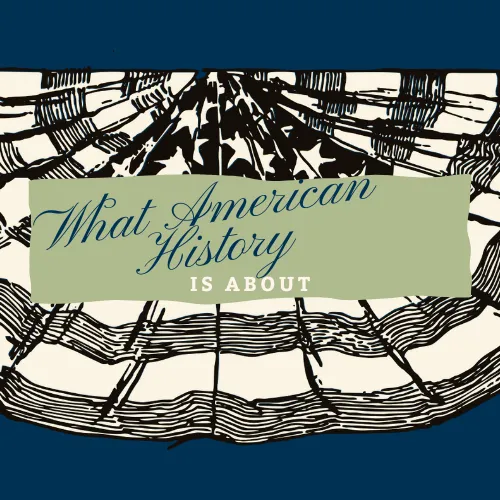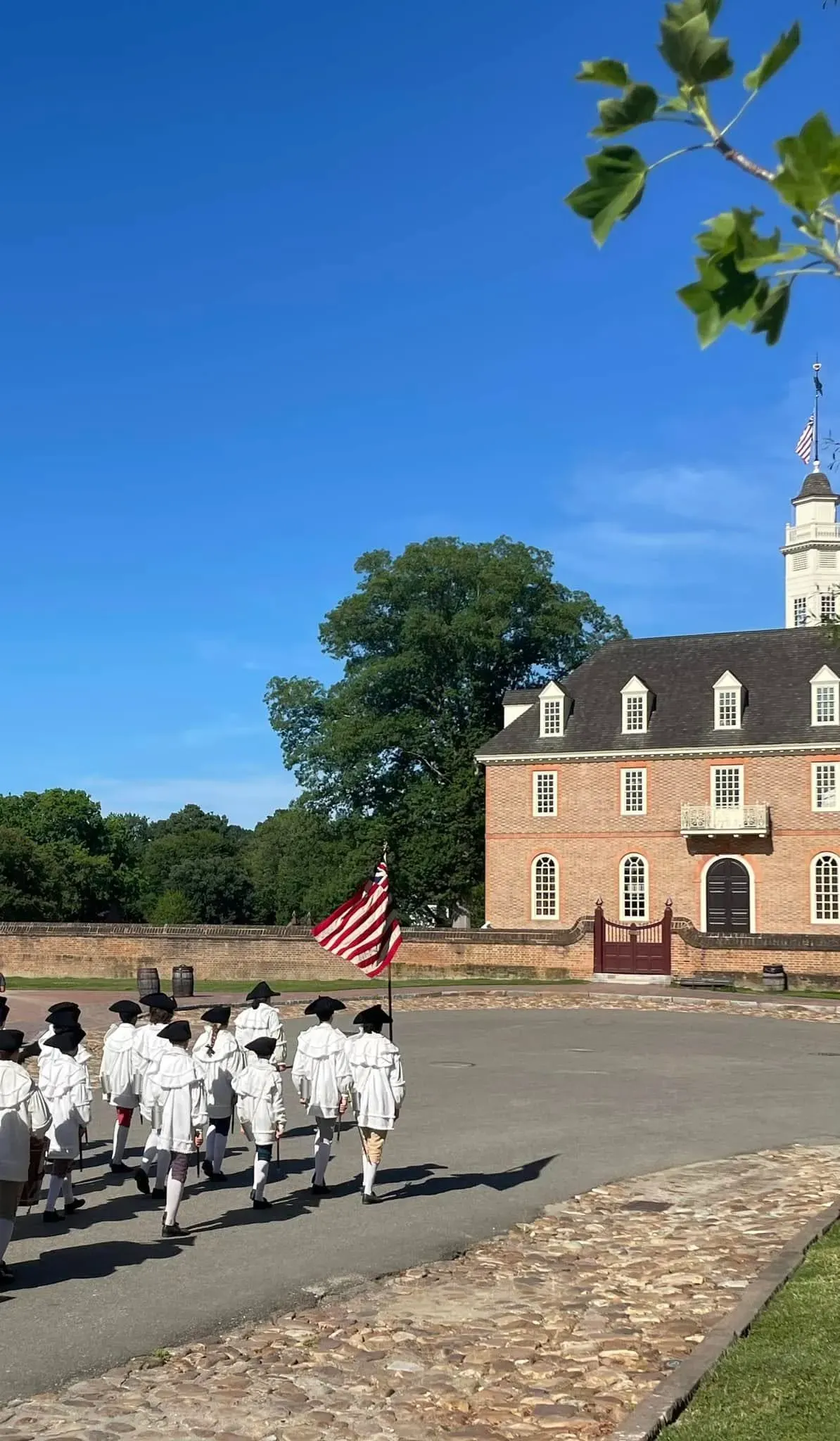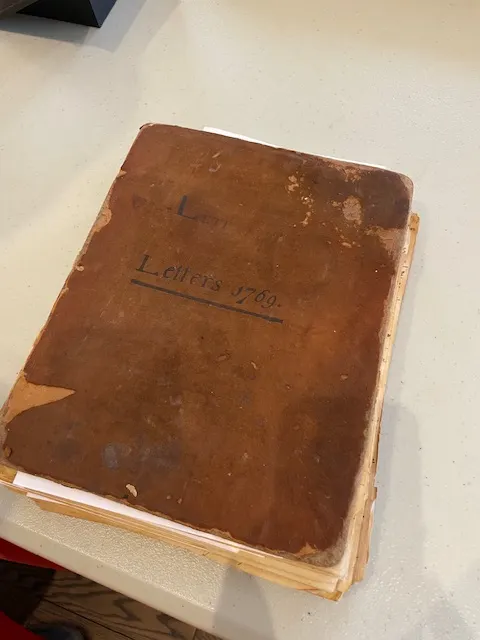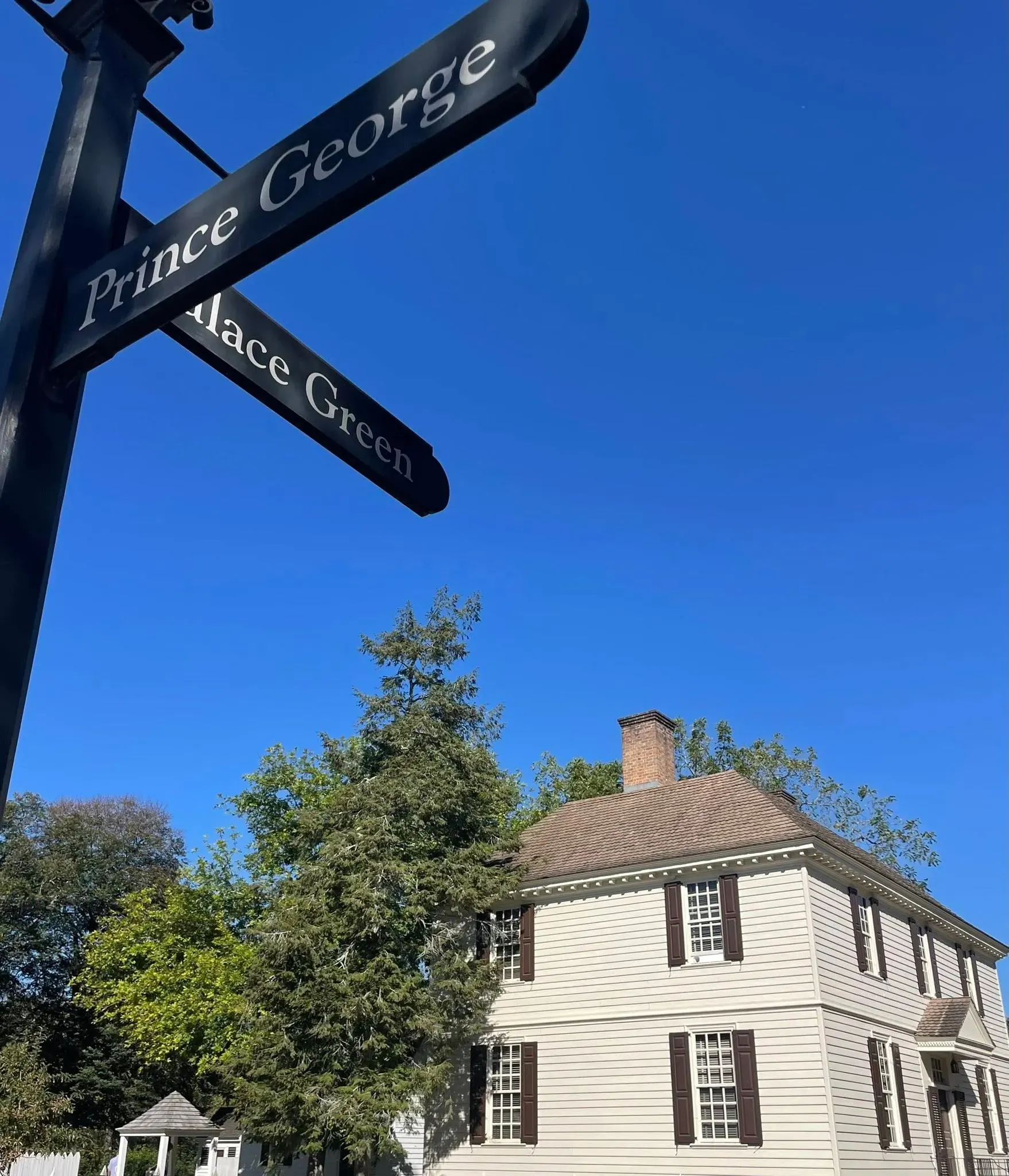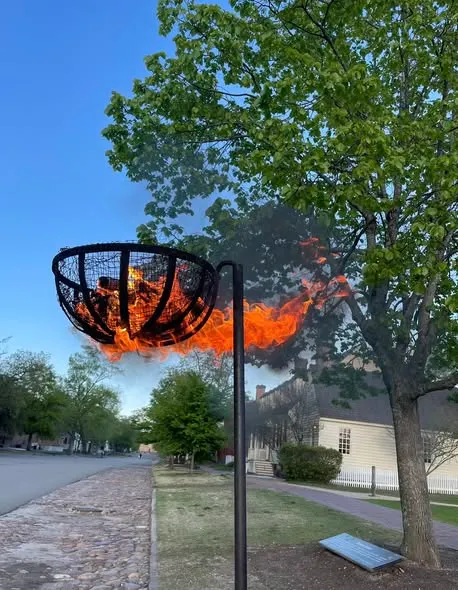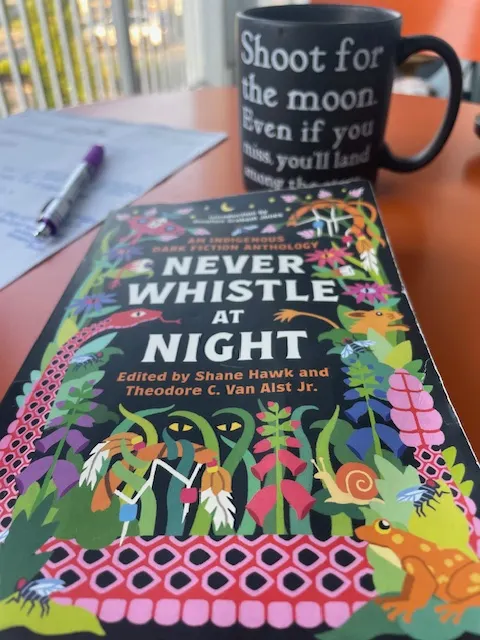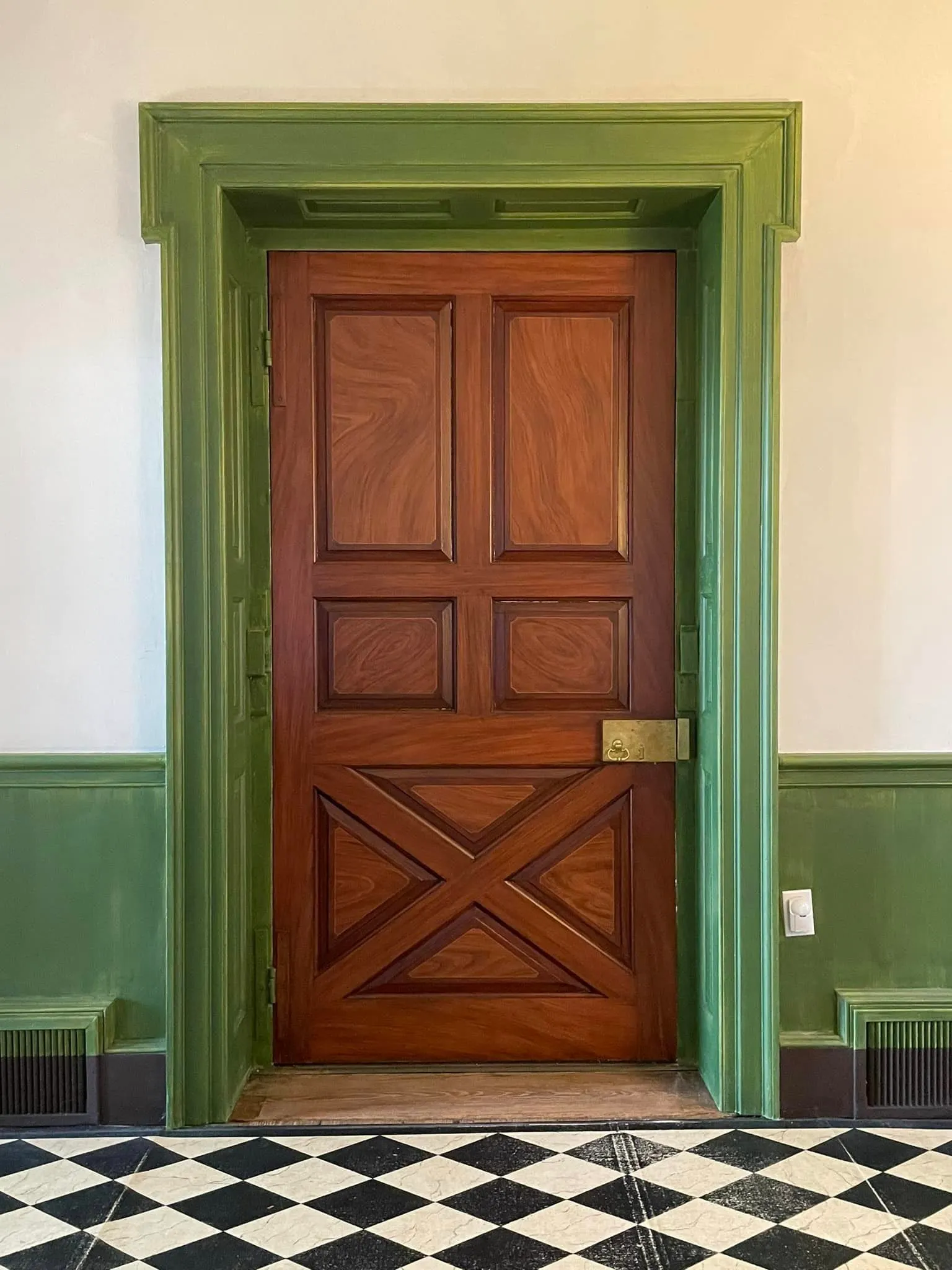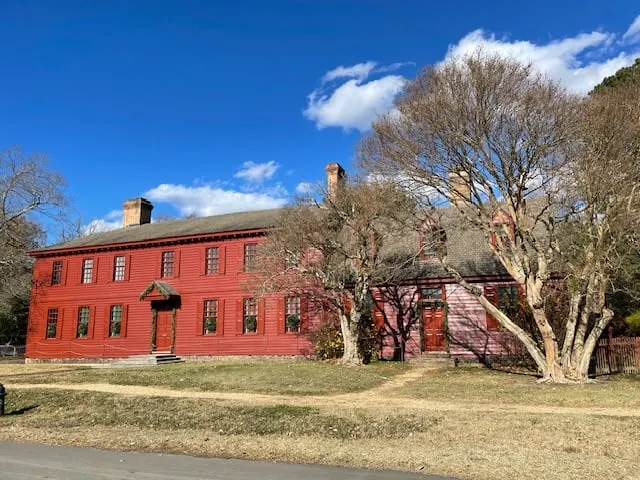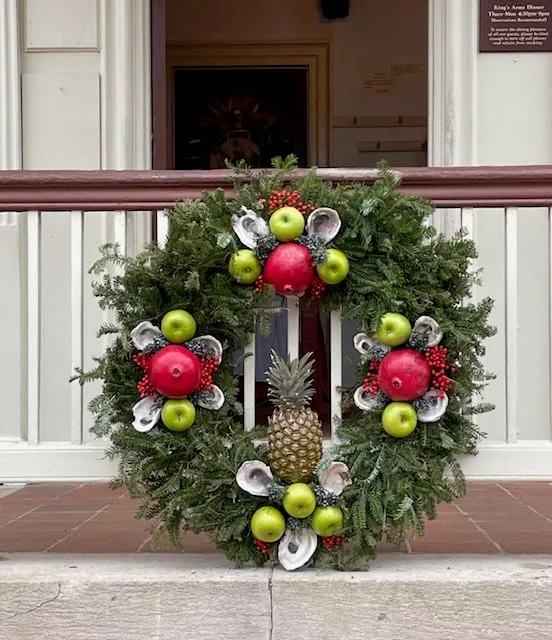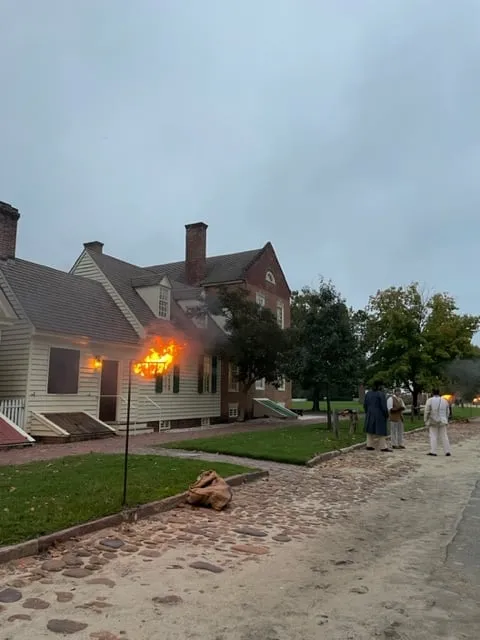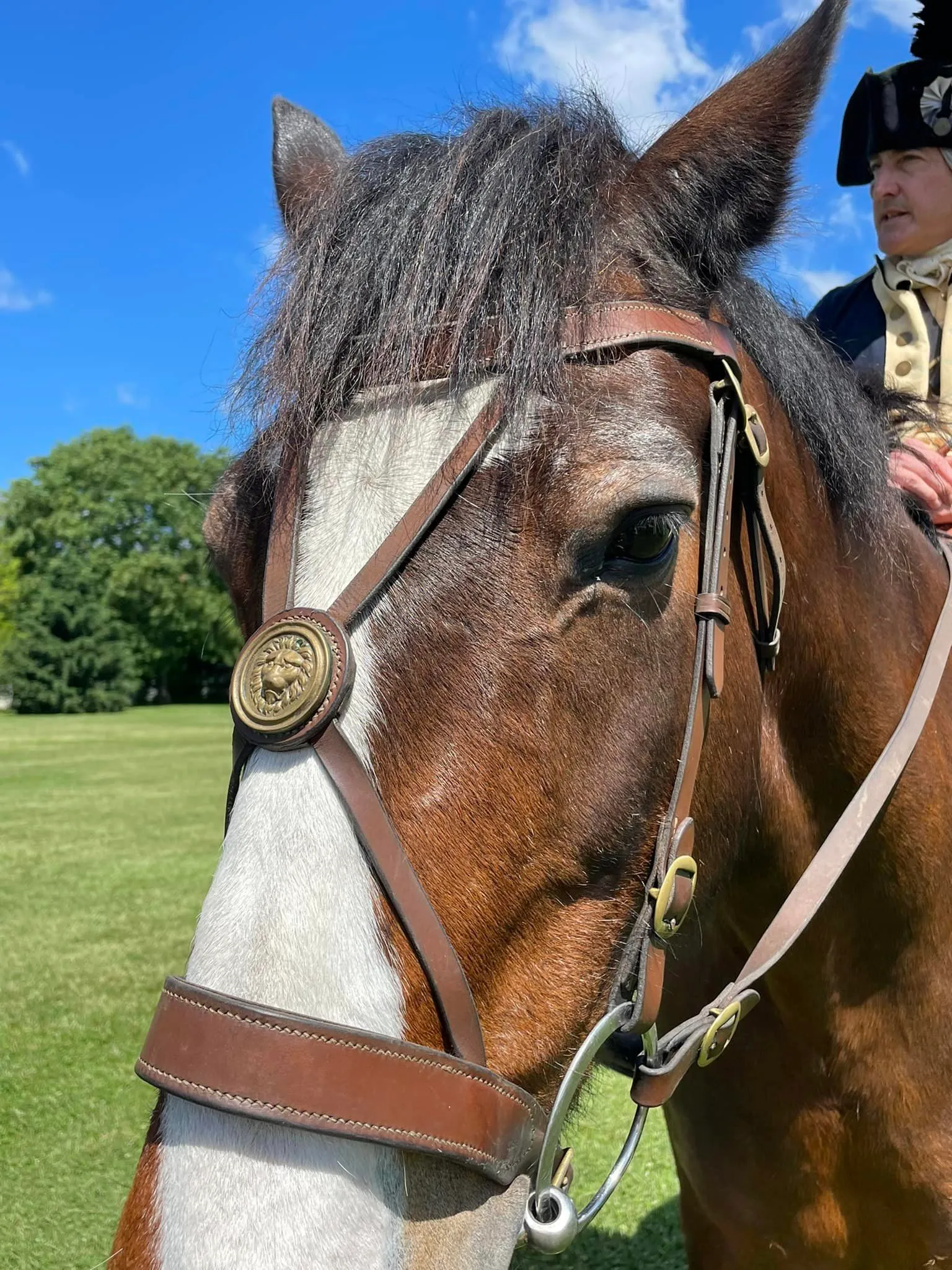Seeing History Firsthand: Jefferson and Lafayette's Letters in Special Collections
How it feels to be inches away from history.
Museums are fantastic. You get to see some absolute treasures of history. But sitting at a table in a library, with total quiet and a piece of paper in front of you that you know someone like Patrick Henry, Thomas Jefferson, or the Marquis de Lafayette actually touched... that's a special kind of moment for any of us into history. Making an appointment with the Special Collections department of Colonial Williamsburg's (CW's) John D. Rockefeller Library gave me a few of those moments.
You may have seen my recent post about seeing Patrick Henry's Resolves (if not click here to open it in a new tab). That experience had me jumping back online and looking for documents written by some of the people I am learning about and whose words I've been reading, transcribed, on my favorite site for letters: Founders Archives.
I wanted more.
So I booked an appointment after I found two letters whose significance I didn't realize until I read them in person. I ended up chasing down photos and stopping back into the Gunsmith's shop to dig a little deeper. Read on and see why.
But note: pictures are only allowed for personal use, so I am unable to post photos of letters themselves.
Disclaimer: As a blogger, I use affiliate links sometimes! I may receive commission from purchases I share; it does not change your price but sometimes you might get a discount.
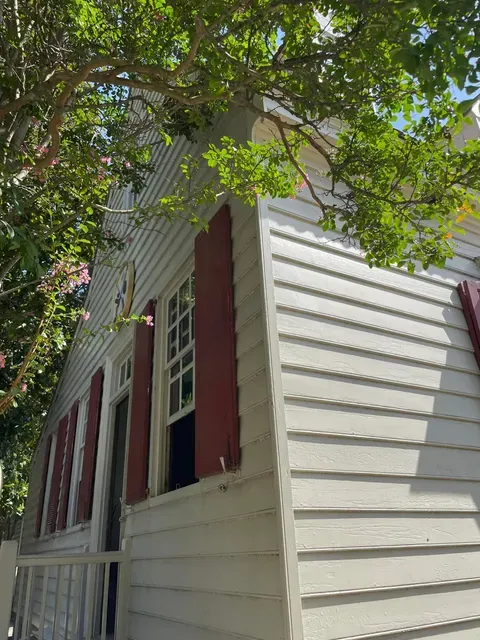
Gunsmiths shop, CW
What I saw and touched.
1) General Lafayette's update to Governor Nelson.
While at "Mr. Tyree's plantation, 20 miles from Williamsburg," the Marquis de Lafayette penned a letter to Governor Nelson dated 28 June 1781. I had thought the handwriting said June 20 but clarified it online.
Click here to read the location and detail of the letter I found on CW's website.
I wish I could find the letter transcribed online. As I referenced above, it was a bit difficult to decipher in person! That said, Lafayette's English is magnificent. For a 19-year-old French aristocrat who has only been here a couple of years (and learned English on the voyage here!), it's impressive.
But then: could it have been actually penned by a secretary?
Essentially the letter shared some updates about military situations, numbers of troops, who was where when, who helped and the resulting injuries. It also talked about General Cornwallis' resulting reaction.
Included in this letter was the good, the bad, and plans for Lafayette's next steps following the Battle at Spencer's Ordinary, which was part of the overall Yorktown campaign. I used Dr. Google to learn more and ended up with an address for the historical marker (see the info by clicking here). So I got in my car, drove out to Freedom Park, where the marker is, and got a photograph.
One quote that stood out to me (maybe because of our frequent visits to the CW gunsmiths) was about the rifle-men supporting Major MacPherson.
My best effort to transcribe:
"... supported by the rifle-men who behaved most gallantly and did great execution."
I'm also wondering if this group belonged to the famous Daniel Morgan, much-admired by Washington and made a general under his command. Washington knew Morgan prior to the Revolution as both fought during the Seven Years' War (aka French and Indian War).
Read more about Morgan here on the American Battlefields Trust's site. If you really want to dig in, get this book by my friend Mike Cecere, recommended to me by Richard, one of CW's fantastic gunsmiths.

Spencer's Ordinary at Freedom Park, Williamsburg
2) Thomas Jefferson's letter to the Board of Trade.
American independence was fought for on many fronts. While the Marquis de Lafayette was fulfilling his role as a Major General in the Continental Army under George Washington, Thomas Jefferson was running the state. And in 1780, that meant having the responsibility of moving Virginia's capital from Williamsburg to Richmond.
It's a good time to throw in a little more information on Jefferson's term as Governor. When government had to flee Richmond, where do you think all of this stuff went? I have it on good authority: Monticello. Jefferson's role as Governor meant he had to ensure the protection of all the papers and records.
Here is the transcription from Founders Archives. Click here for link to see all associated notes and citations. And if you get to Williamsburg, book an appointment at the Rockefeller Library to see the original. Side note: his handwriting was much easier to read than Lafayette's!
To the Board of Trade
Williamsburg Mar. 23. 1780.
Gentlemen
It having been concluded that the Council shall discontinue business at this place from the 7th. of the ensuing month, and commence at Richmond on the 24th. I am desired to mention it to you as our desire that your board should make a correspondent adjournment.
I must ask the favor of you to order a vessel or vessels to be in readiness on the evening of the 7th. at the landing most convenient to this place, to receive and convey to Richmond, the presses, books, papers, and implements of the offices of council, War, Trade, Auditors, and Register and furniture of the Capitol and Palace. An armed vessel will be furnished by the board of War to receive the treasury with it’s implements, and to convoy those which will contain the articles of the other offices. I have the honor to be with great respect Gentlemen
Your most obedt. servt.
Th: Jefferson
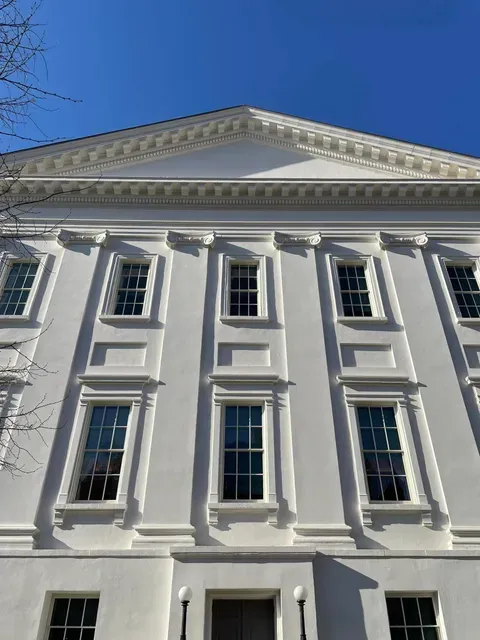
Current State Capitol, Richmond Virginia, designed by Jefferson
Do you have access to Special Collections documents?
On this trip, I also viewed two more documents - association documents related to the Townsend Act and Virginia's response to Lord Dunmore's dissolution of the House of Burgesses. And I intend to keep visiting this and other places that keep documents preserved and found that give us insight into early American history.
Here are some ideas of places you might find such documents within reach of where you are (or where you happen to visit)- and because I love to share, I'm dropping a couple examples in case you happen to be near to them!
- Historical societies: Massachusetts Historical Society houses a large collection of Thomas Jefferson's personal documents, including his Garden Book- which I'm currently reading about.
- Colleges and universities: Lafayette College in Pennsylvania houses a collection of papers related to the Marquis de Lafayette including letters in his hand.
- Local and state libraries: I've already shared about the Rockefeller Library here in CW, but I know there are many around the country that you can access. In fact, a quick Google search brought me to this page on the Dallas Public Library's site. Does your local library have something similar?
- Museums: I went down a rabbit hole looking up museum collections that can be requested for viewing... and being born in Chicago, the Chicago History Museum is being added to my list. Everything from Marshall Field and Company to the Women's Liberation Movement. Wow.
Happy hunting y'all! And definitely drop a comment to discuss special collections, where you found them, what you're looking for... let's chat! You can always subscribe to the blog using the form on this page and connect with me directly via email.
Are you enjoying reading the blog as much as I love researching and writing it? Tip me using my online tip jar! Keep me blogging!
There is a huge practical disclaimer to the content on this blog, which is my way of sharing my excitement and basically journaling online.
1) I am not a historian nor an expert. I will let you know I’m relaying the information as I understand and interpret it. The employees of Colonial Williamsburg base their presentations, work, and responses on historical documents and mainly primary sources.
2) I will update for accuracy as history is constant learning. If you have a question about accuracy, please ask me! I will get the answer from the best source I can find.
3) Photo credit to me, Daphne Reznik, for all photos in this post, unless otherwise credited! All photos are personal photos taken in public access locations or with specific permission.
